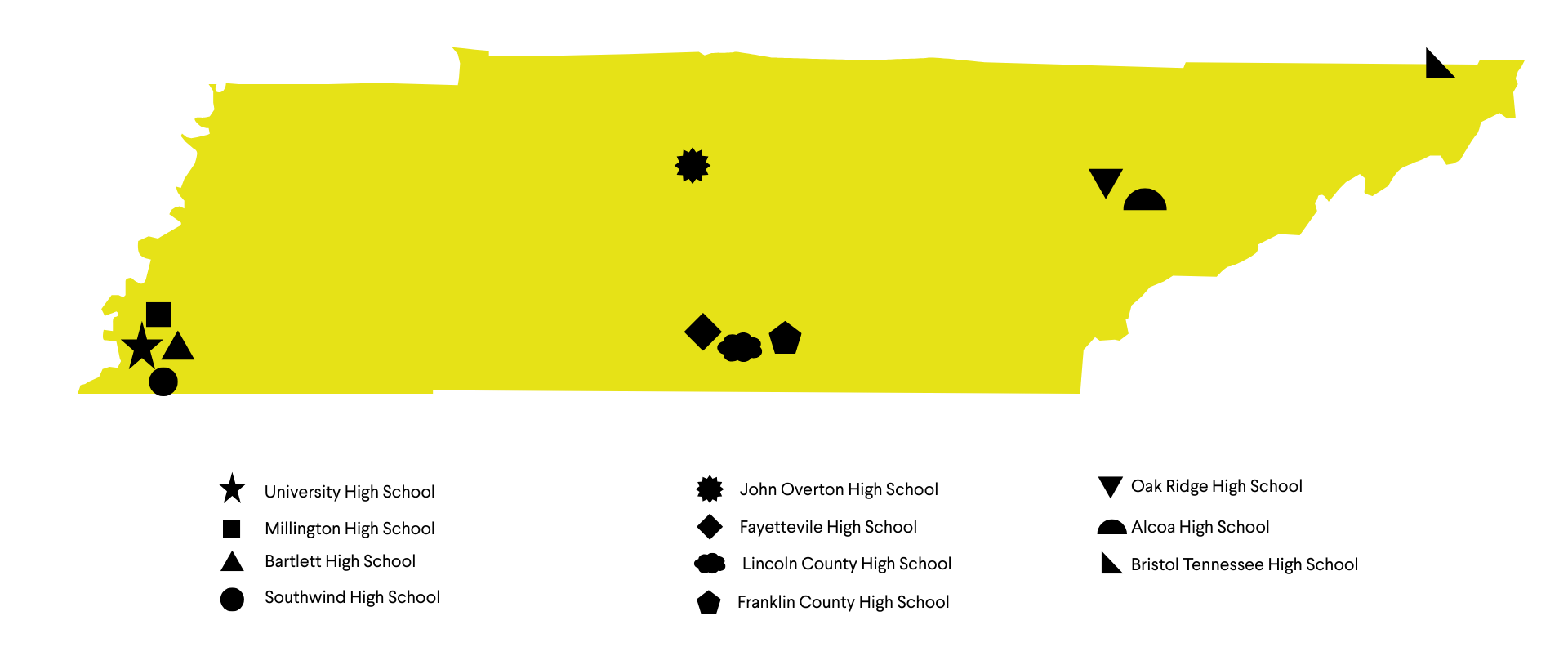Why Should Schools and Employers Invest in the DE-WBC Model?
 Dual enrollment and work-based learning are two essential approaches to setting students on a college and career path.
Dual enrollment and work-based learning are two essential approaches to setting students on a college and career path.
Within the last decade, we have seen a growing and heightened movement for more dual enrollment. While community college enrollment overall has continued to decrease, the number of students enrolled in college under the age of 18 has climbed every year.
It’s because dual enrollment works. It’s one of the few educational strategies that has proven to positively impact student success, increasing the likelihood of graduating high school, enrolling and persisting in postsecondary education, and ultimately completing a postsecondary degree.
2023 marked the first year colleges reported dual enrollment data into the national IPEDS database, revealing that across the country, community colleges are seeing dual enrollment students represent 21% of total enrollments during the 2022-23 school year, with some states seeing representation at over 50% of their community college enrollees.
However, work-based learning is also key to securing a quality job. Nearly 90% of employers prefer job candidates with prior experience—even for entry-level positions. 80% of employers say internships provide higher return on investment than any other recruiting method and up to 60% of interns convert to full-time employees. High schools across the country are intentionally embedding work-based learning opportunities into programs of study.
Typically, these two experiences are in separate spaces in the school day, sometimes forcing students to make hard choices about what to participate in given scheduling limitations and competing priorities. Dual enrollment work-based courses can solve this challenge.


 Today’s high school students are eager for guidance and clarity on how to get an education and enter the workforce. But most don’t know about options beyond entering the workforce or beginning a four-year degree program. Their parents aren’t prepared to navigate the system, either: A
Today’s high school students are eager for guidance and clarity on how to get an education and enter the workforce. But most don’t know about options beyond entering the workforce or beginning a four-year degree program. Their parents aren’t prepared to navigate the system, either: A 
 Dual enrollment and work-based learning are two essential approaches to setting students on a college and career path.
Dual enrollment and work-based learning are two essential approaches to setting students on a college and career path.


 Conversations should start early in the process of DE-WBC development and should focus on mapping workplace training to course content. Task and competency mapping gives both instructor and employer partners the opportunity to determine what skills and information are critical in work and classroom settings.
Conversations should start early in the process of DE-WBC development and should focus on mapping workplace training to course content. Task and competency mapping gives both instructor and employer partners the opportunity to determine what skills and information are critical in work and classroom settings.






